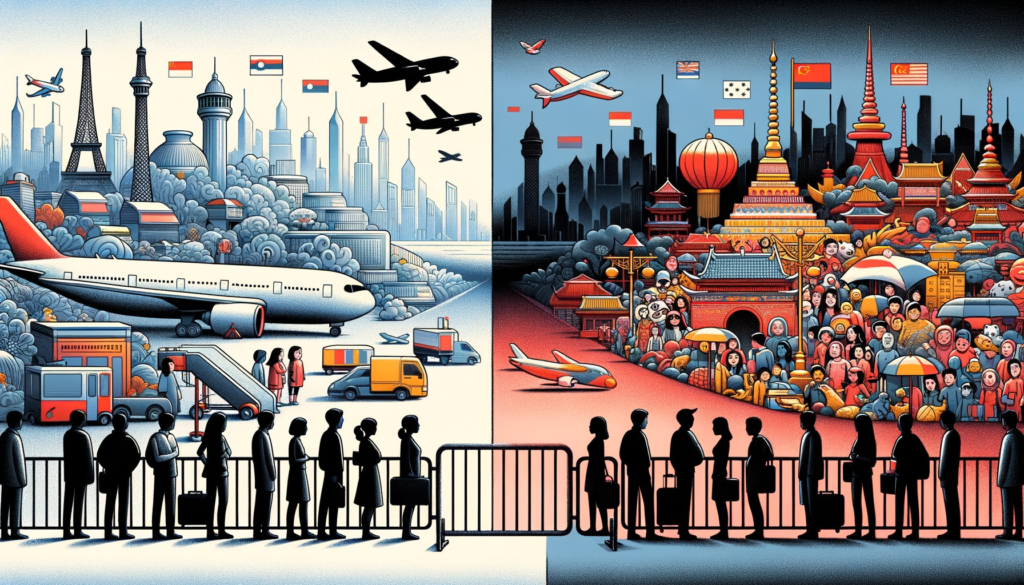What's going on?
Outbound travel from China has stagnated since COVID-19 due to rising costs and difficulties obtaining visas, and has fallen short of market expectations.
What does this mean?
Chinese consumers are cautious about spending due to a prolonged real estate crisis, high unemployment and a bleak economic outlook. These factors have led to price wars across travel, auto, coffee and clothing. According to UN tourism data, Chinese people made 87 million international trips last year, down 40% from pre-COVID-19 levels in 2019, and spending by Chinese travelers fell 24%. Frequent domestic travel reflects this change, with 295 million domestic trips made over the five-day May Day holiday, 20% more than in 2019. Visa processing delays and high costs due to the devaluation of the Chinese yuan and inflation in the US and Europe further hinder international ventures.
Why should you care?
For markets: Global tourism is taking a hit.
The slow recovery of Chinese international travel is having a negative impact on travel-related businesses, hotels and retailers around the world. Chinese tourist arrivals in Australia fell 53% in March 2023 compared to March 2019. France is also facing a significant decline, with overnight stays at just 28.5% of those of Chinese travelers in 2019. This shortfall signals potential losses for sectors that are heavily reliant on high-spending Chinese tourists.
The big picture: A new travel landscape is emerging.
Visa-free countries such as Singapore, Malaysia and Thailand have seen an increase in Chinese tourists, as have Japan and Switzerland, thanks to favourable conditions such as currency fluctuations and fast visa processing. Consultancy Oliver Wyman predicts a slower than expected recovery, with a full recovery expected by late 2025. As highlighted by Gary Bowerman of Check-In Asia, this evolving travel market reflects major changes in the travel patterns and preferences of Chinese travelers.



